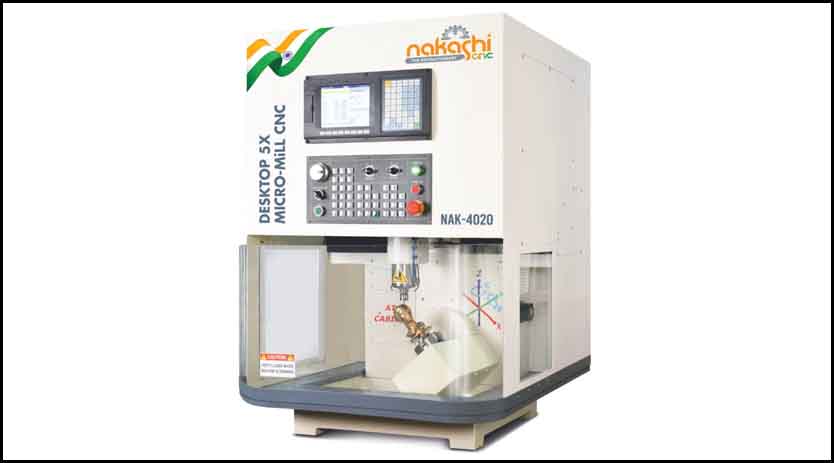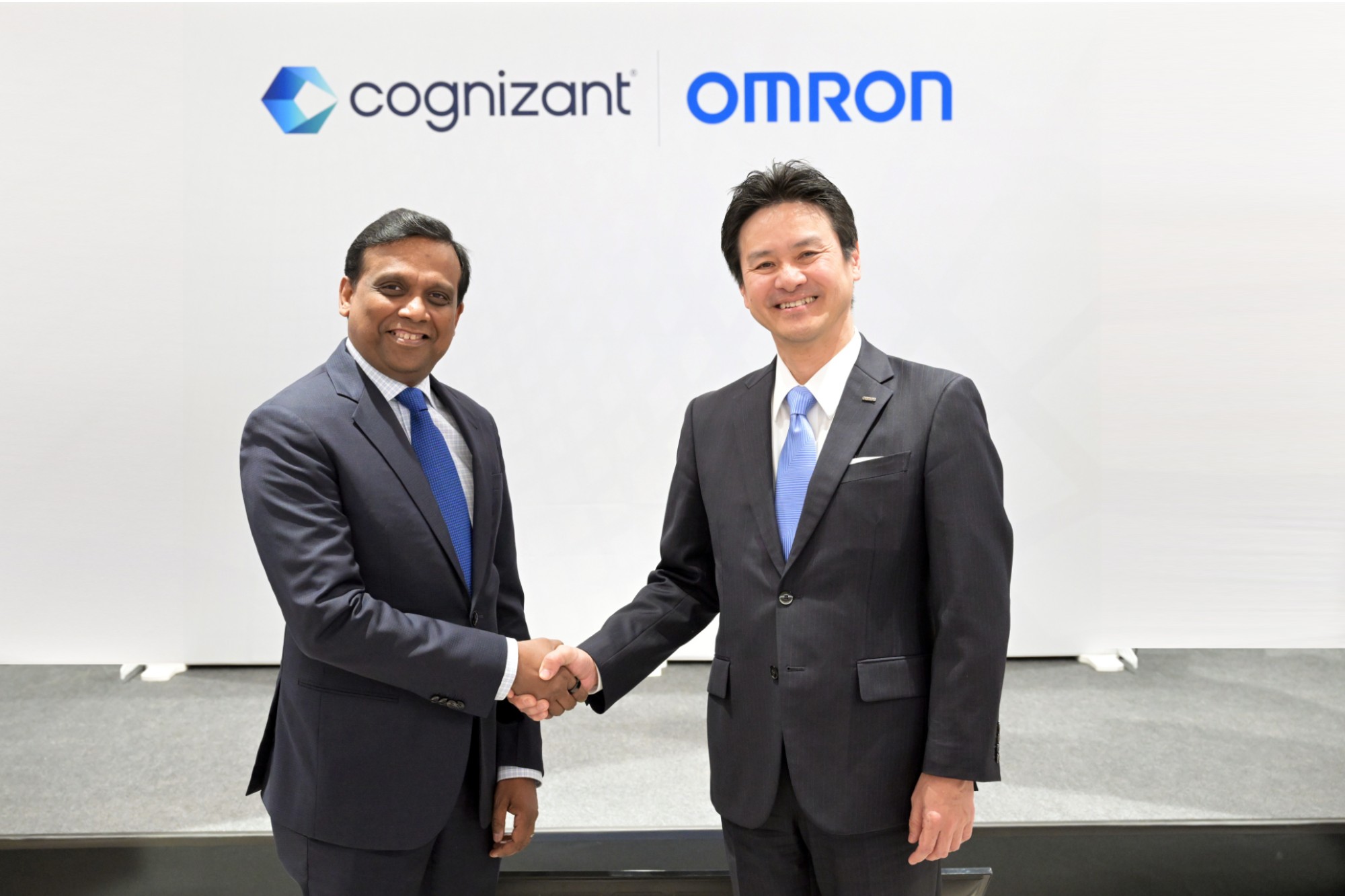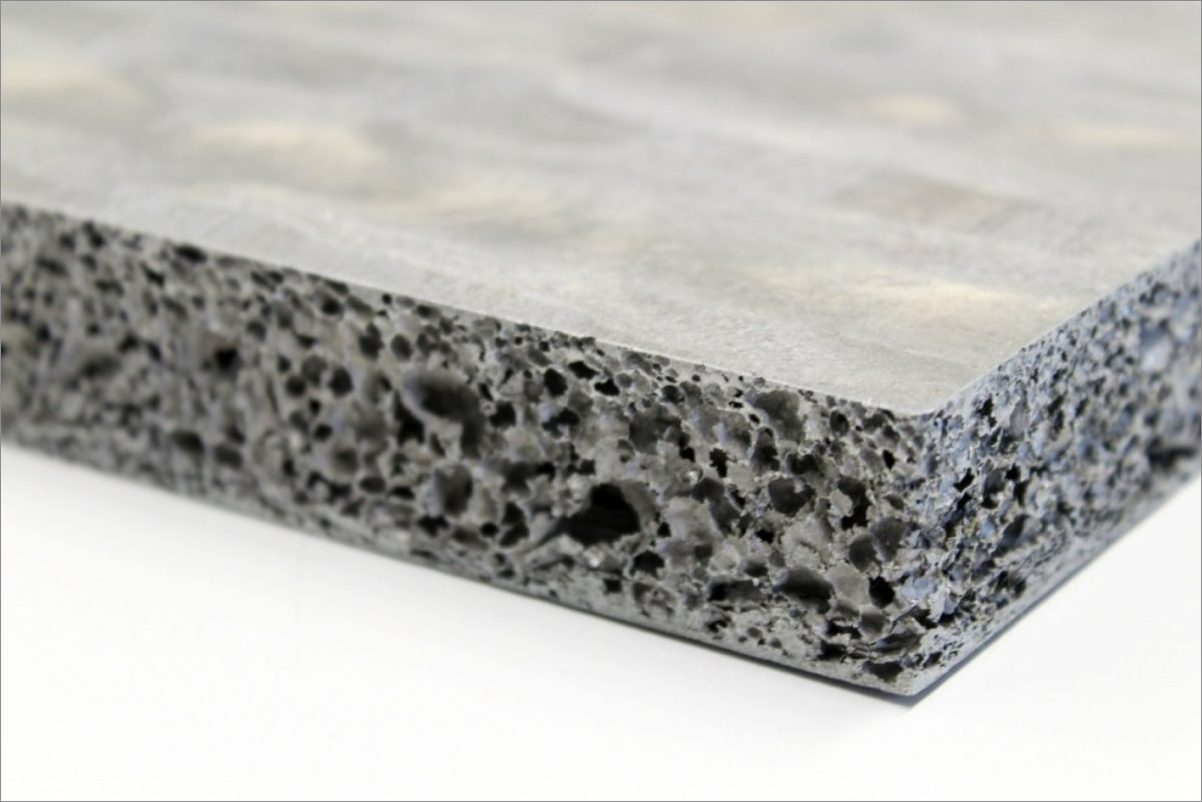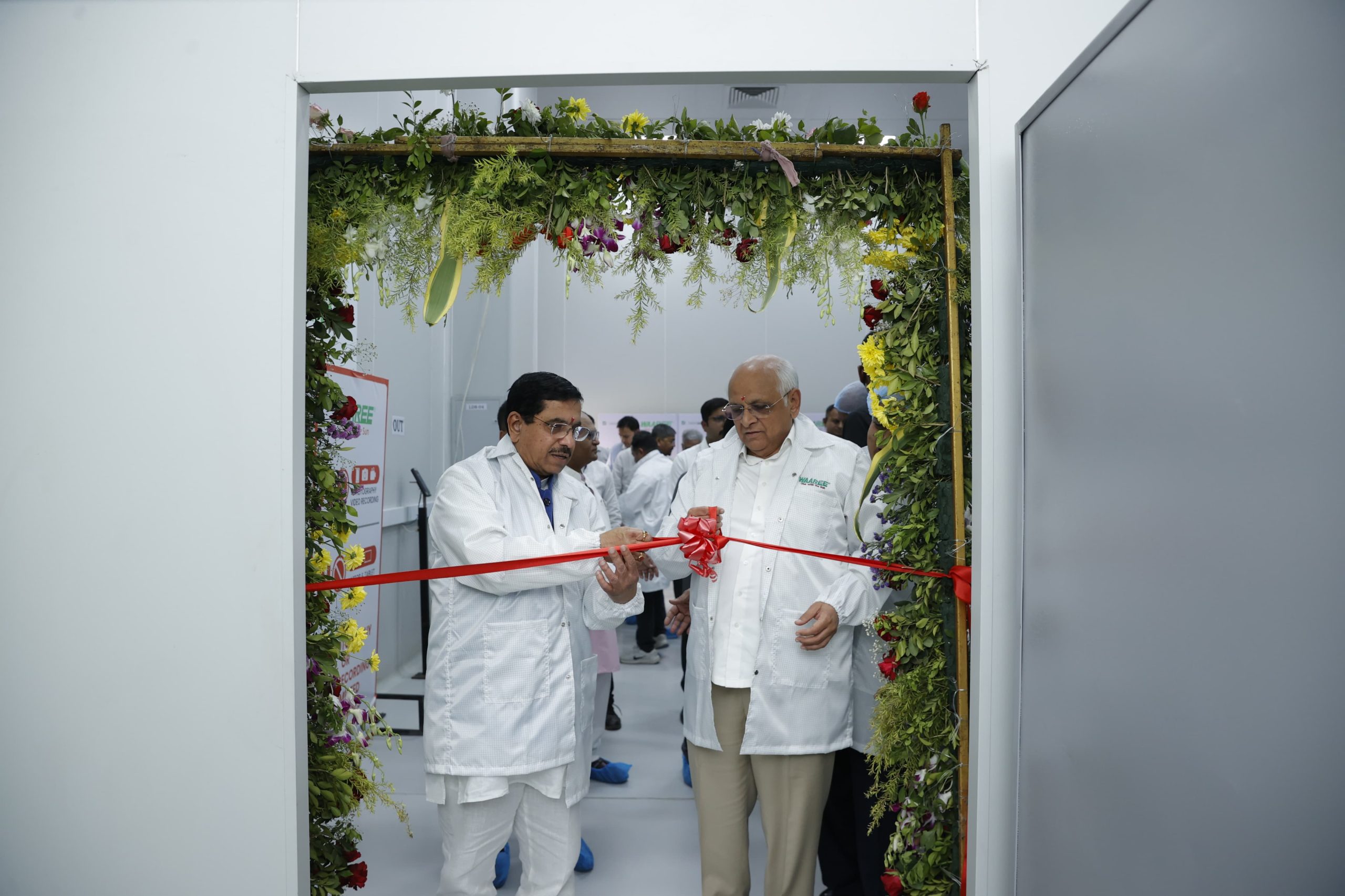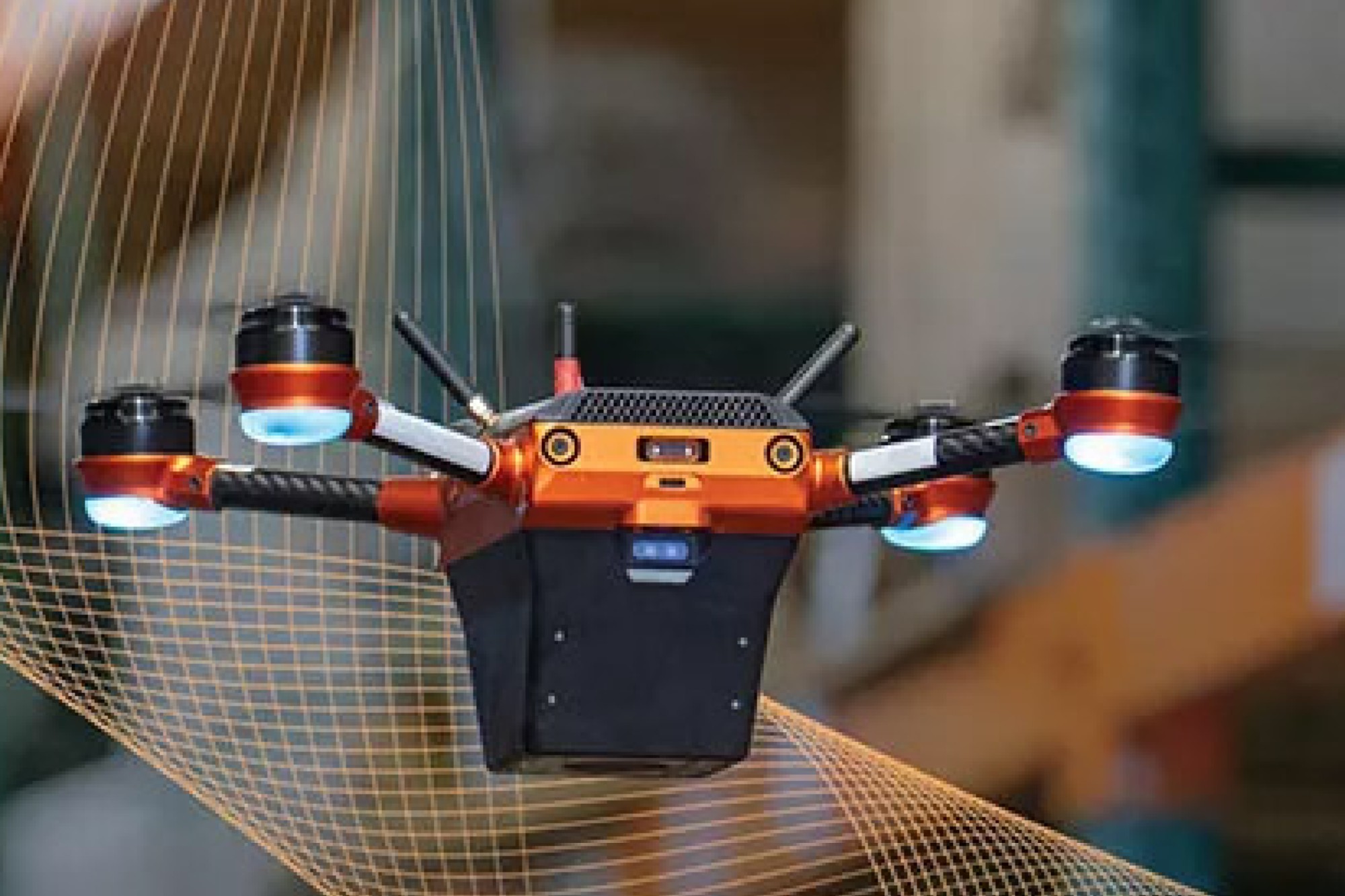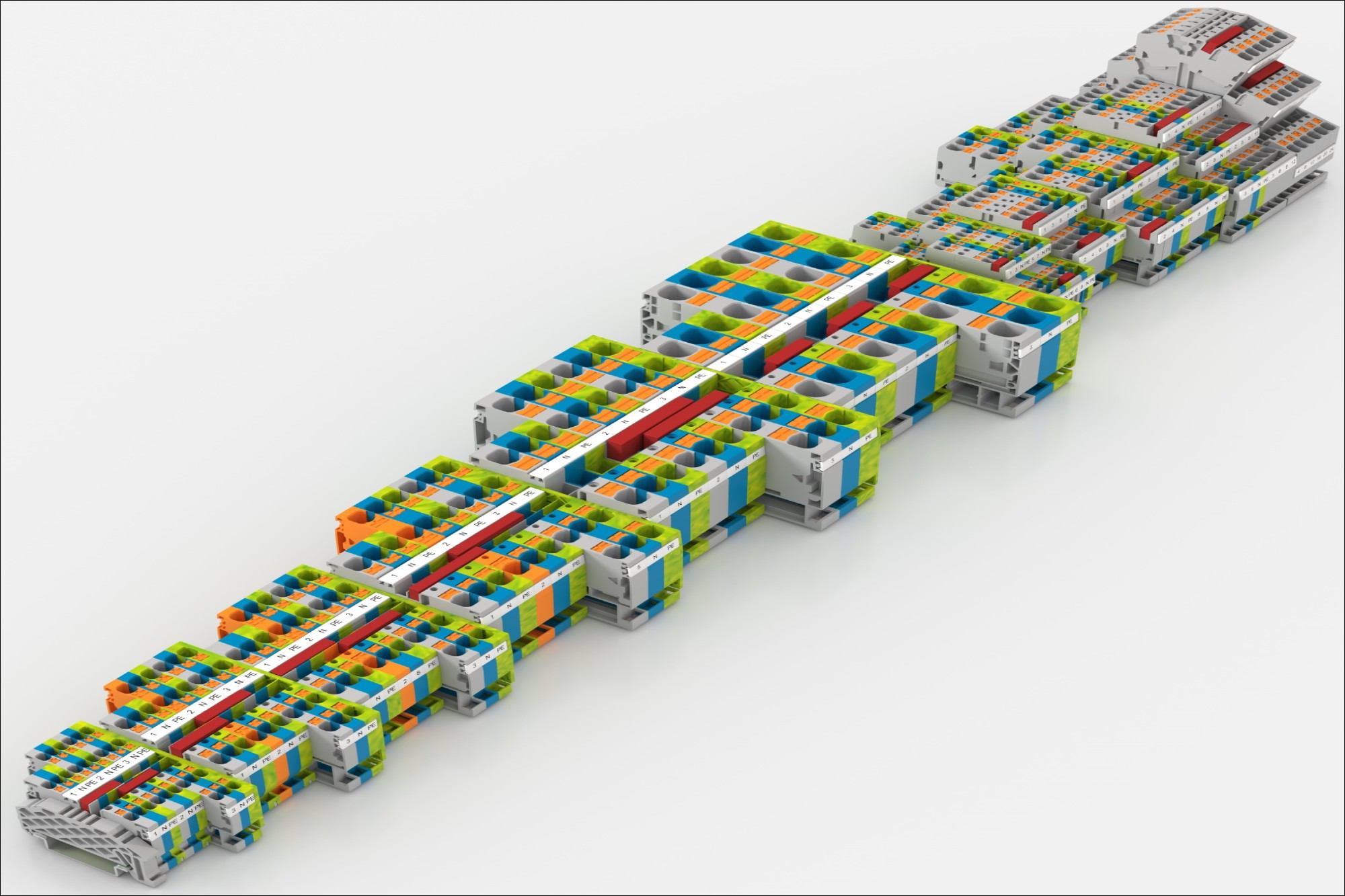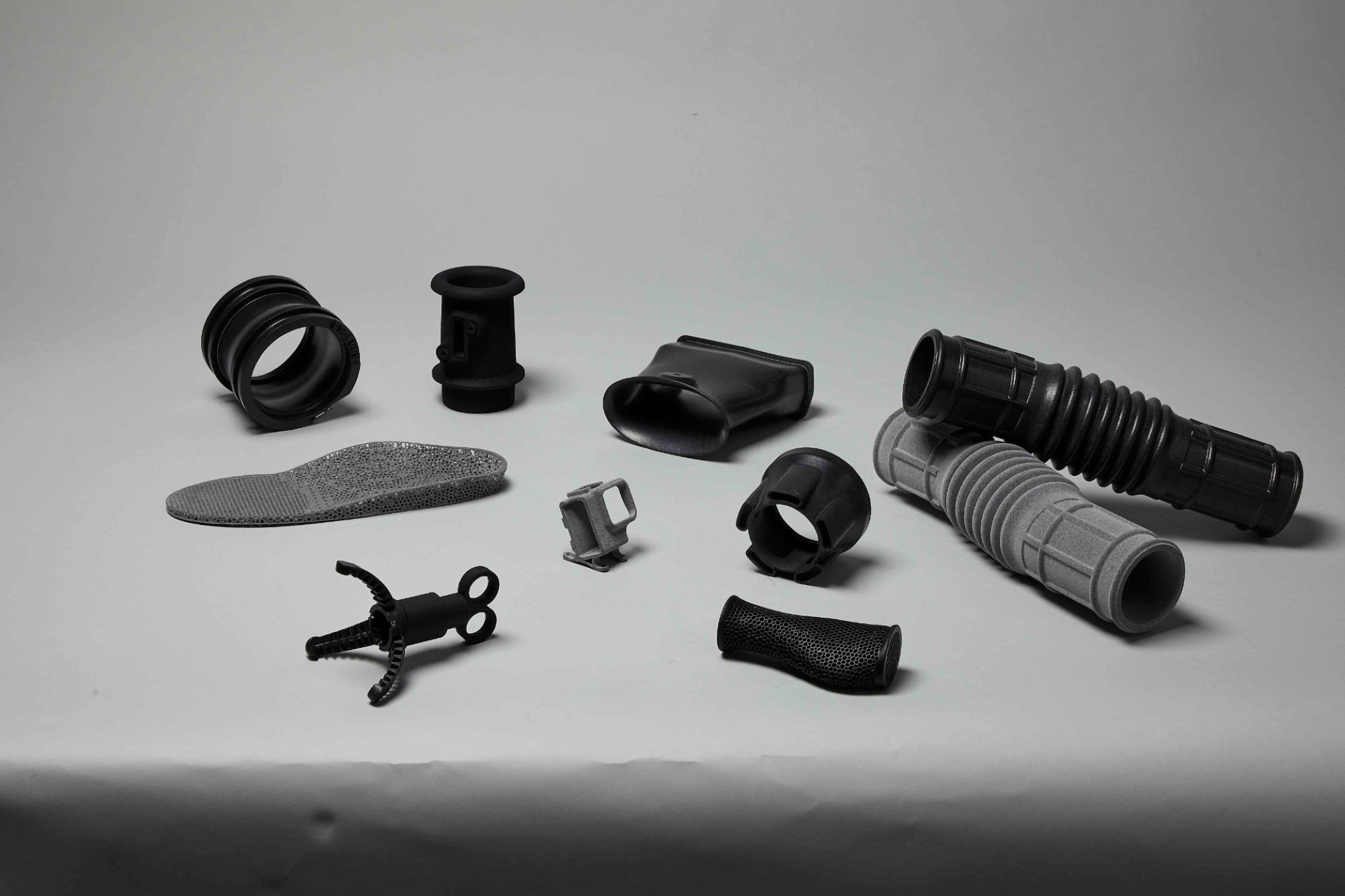Machine tools industry is moving with IoT machines and CNC software advancements
By OEM Update Editorial February 15, 2023 3:38 pm IST
Small and medium enterprises form the backbone of the machine tools manufacturing industry. Companies are constantly transforming themselves and reinventing business models to stay one step ahead.
Machine tools industry is progressing in the advancement mode. Industry trends indicate emphasis on hardware and software advancements, in the context of automation. The machine tools industry is also expected to see inclusion of smart features and networks, Automated and IoT-ready machines, AI, CNC software advancements.
Technology solutions
The Nakashi CNC Desktop 5 Axis Micro- Mill CNC Machine is an ideal machine to achieve higher precision and surface finish due to its 5 Axis capability. 5 Axis CNC is capable of cutting the most complex and tedious designs existing in the world. It operates much faster than 3 Axis and 4 Axis CNC machines. They provide vertical milling with the highest precision and quality available today. This machine is an excellent fit for any team working in microfluidics, jewellery, watch making, scientific research, mould production, or any other work that requires micro milling of the highest precision.
Machine application in industries
The machine has applications in jewellery, aerospace, automobiles, orthopaedics and dental, semicondustor industries etc. The 5 Axis machine operates quickly and carefully carves the most ornate designs. With consistent development of machining technologies and innovative software solutions for a digital future, Nakashi CNC implements productive manufacturing concepts from its Die & Mold Excellence Center. The parts often required in Aerospace Industries have complicated geometries. The use of 5 Axis CNC machine is done in Aerospace Industries. This machine saves time and increasing the productivity. Low unit costs, automated processes and a high level of flexibility are the key factors of the machinery.
For orthopaedics, a CNC machine centre creates a CAD model and recreates the body part through reverse engineering and CNC technology. Nakashi CNC is opening a new gateway for the global dental CAD-CAM industry by introducing the NAK4020 of dental Desktop 5X Micro Mill CNC machines which are designed and manufactured in this sector. NAK4020 is a one stop solution for all the dental milling requirements Nakashi CNC designs and implements solutions to process components made of technical glass and ceramics for the semiconductor and chip industry. The semiconductor industry needs high-precision components made of technical glasses and ceramics for these lithographic methods/ lithography systems. The processing of so-called Advanced Materials such as Quartz glass or silicon carbide is one of the most demanding disciplines in CNC machining. The offer ranges from the optimisation of existing machining processes to the planning of holistic projects.
Metal fabricators are used to improve efficiency and product quality, even when additional labour may be hard to find. For many fabricators, the answer has been automation through new digital platforms and robotics technology. These robots are powered by recent advances in technology like AI and the Internet of Things (IoT) —to handle tasks in close proximity to human workers, streamlining workflows and improving productivity. There are five ways in which automation is having a significant impact on the metal fabrication industry right now: Improving Efficiency, Reducing Fatigue, Improving Consistency, Providing Access to Better Data, Enhancing Safety.
Inspection in quality management in CNC manufacturing
CNC machining services have a range of extra benefits. The CNC machining services in Bangalore use very comprehensive programming procedures. Online CNC machining can also generate parts with complicated, intricate designs and it requires less manual labor. Role of quality management in CNC machining services involes minimization of Risk: Reducing risks matters more than getting safety equipment on the factory floor at the time of need. Efficient Compliance with regulations, conservation of resources and consistency is the key. Quality management plays an enormous role in ensuring that you are consistent in the quality of the goods generated.
Edge computing
Edge computing is an emerging computing paradigm. It refers to a range of networks and devices at or near the user. Edge is about processing data closer to where it’s being generated, enabling processes at greater speeds and volumes, leading to action-led results in real time. It offers some unique advantages over traditional models, where computing power is centralized at an on premise data centre. Some examples of edge use cases include self-driving cars, autonomous robots, smart equipment data and automated retail.
Possible components of edge include Edge devices and Network edge. The network edge can be particularly useful in cases where it is too costly and complicated to put compute on premises. When a separate network is involved, this is just another location in the continuum between users and the cloud and this is where 5G can come into play. 5G brings extremely powerful wireless connectivity to edge computing with low latency and high cellular speed, which brings exciting opportunities like autonomous drones, remote tele surgery, smart city projects and much more.
Machine tools technologies for SME and MSME sectors
The machine tool industry plays a crucial role in propelling the economy. Small and medium enterprises form the backbone of the Indian manufacturing industry. Companies are constantly transforming themselves and reinventing business models to stay one step ahead. As the demand for high-tech machines in the industry rises, digitalisation of the production process becomes the key to higher productivity, flexibility, efficiency and the possibility of permanent optimization. The MSME i.e. Ministry of Micro, Small and Medium Enterprises India is part of the capital goods sector, which contributes about 12 percent to the country’s manufacturing output.The segment also remains central to the government’s flagship ‘Make in India’ and ‘Skill India’ initiatives. With MSME units making up over 70 percent of this segment, the government has lately been pushing small businesses to be the catalyst in its plan towards an Atmanirbhar Bharat. The digitalisation is radically and sustainably changing the production environment and becoming an important part of business. Conclusively, Industry 4.0 provides interoperability, information transparency, actionable insights, automation which could benefit companies. The Industry 5.0 is the revolution to improve the means and efficiency of production. The greatest advances predicted of Industry 5.0 involve the interaction of human intelligence and cognitive computing.
Cookie Consent
We use cookies to personalize your experience. By continuing to visit this website you agree to our Terms & Conditions, Privacy Policy and Cookie Policy.



